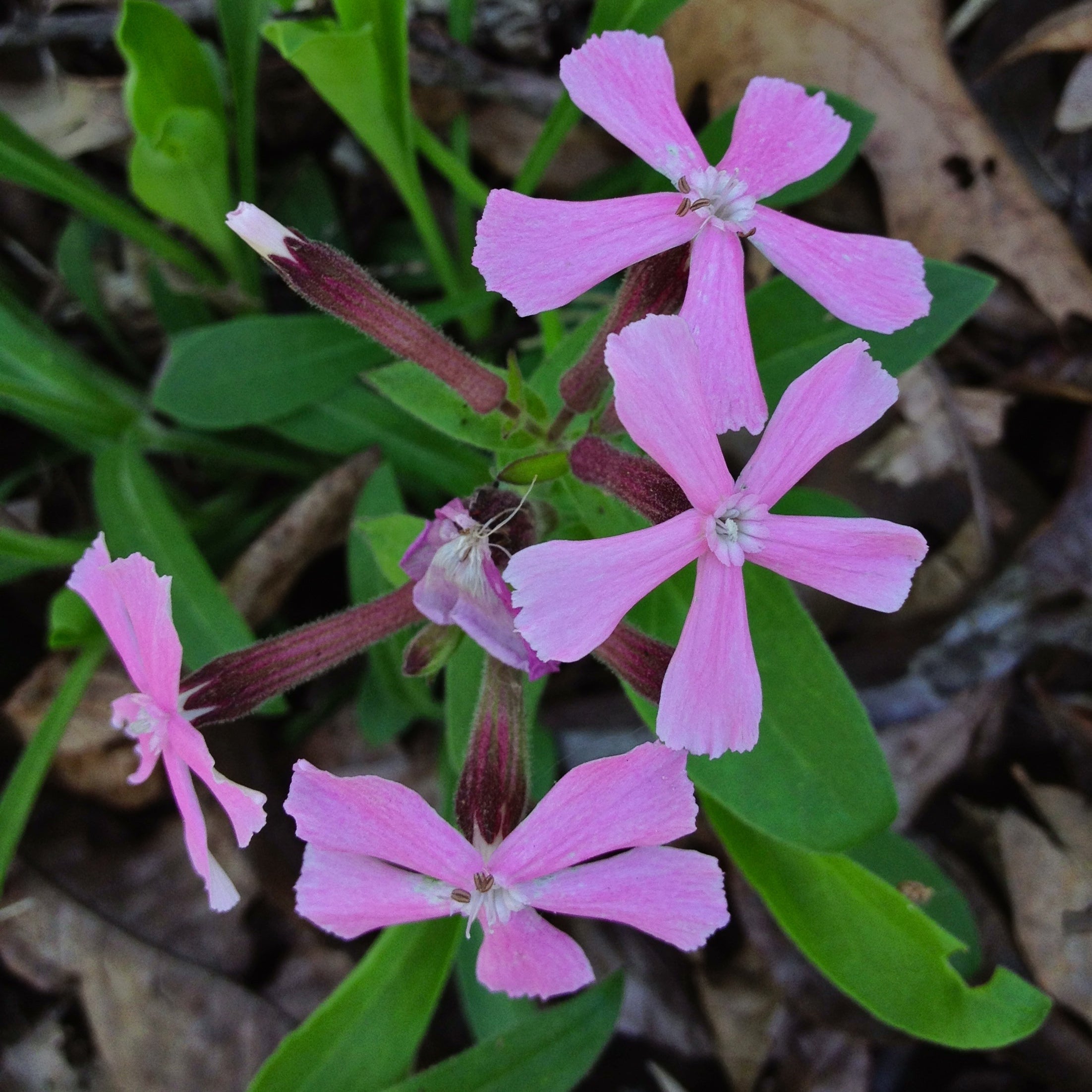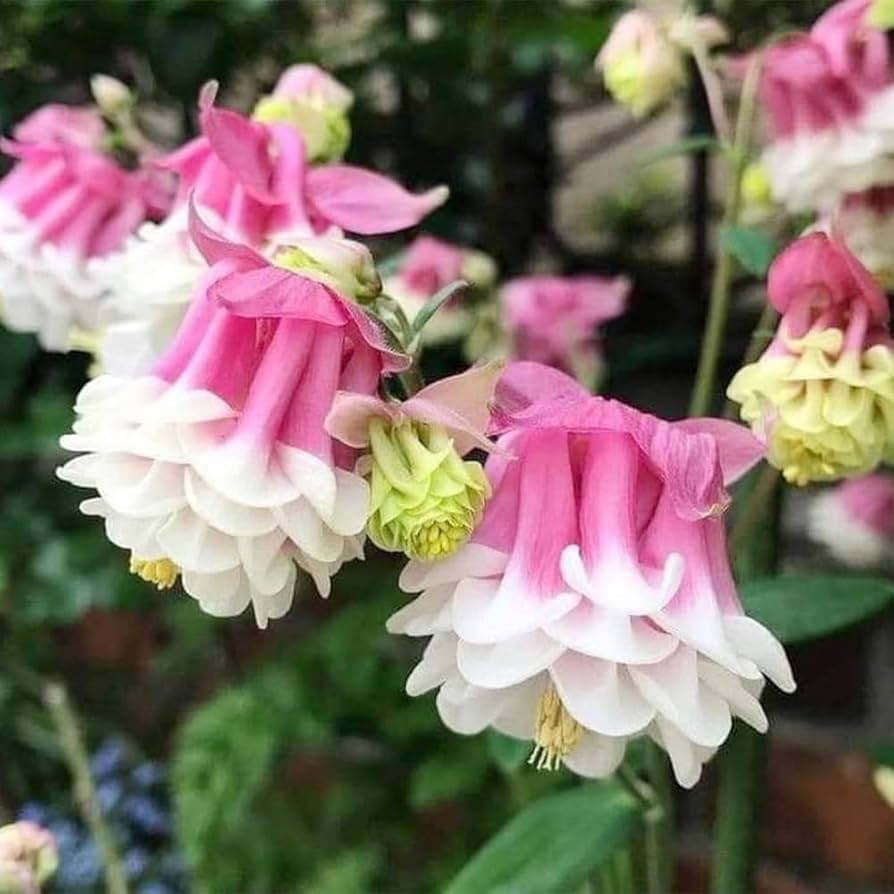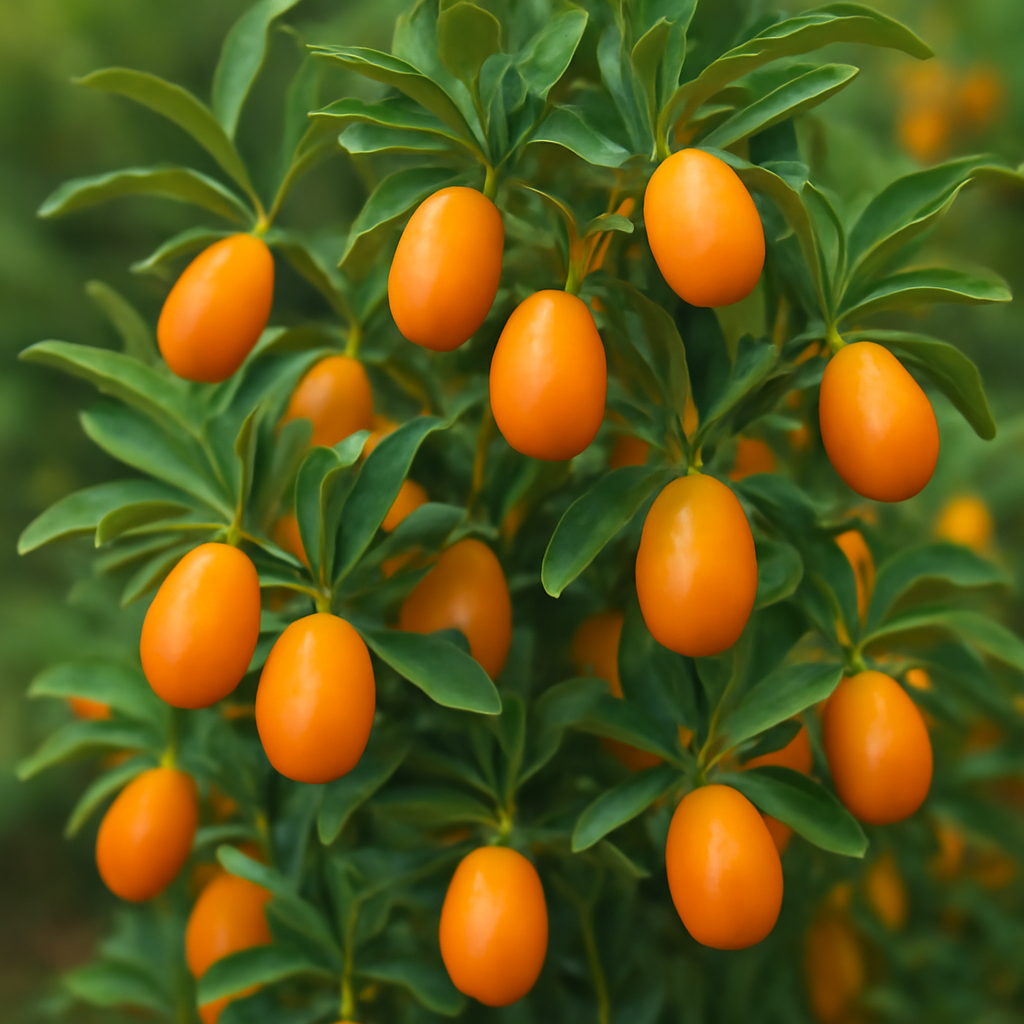About Nagami Kumquat
Nagami Kumquat (Fortunella margarita) is a small, citrus fruit native to China and prized for its tart-sweet flavor and edible rind. Unlike most citrus fruits, the skin of the Nagami Kumquat is sweet, while the pulp inside has a pleasantly sour taste, creating a perfect balance of flavors. This miniature fruit has gained popularity in gardens, landscaping, and culinary applications due to its unique flavor profile and decorative appearance. Known for its hardy nature, Nagami Kumquat can be grown in containers, pots, or directly in the garden and produces small orange fruits year-round.

At Pureasiaseeds.com we offer premium Nagami Kumquat seeds to help you grow this tangy, ornamental citrus tree in your own garden.
Why Grow Nagami Kumquat?
Growing Nagami Kumquat has numerous benefits:
-
Unique flavor: The sweet, edible rind and tart pulp make the Nagami Kumquat a refreshing snack or addition to salads, drinks, and desserts.
-
Hardy tree: Nagami Kumquat trees are drought-tolerant and cold-resistant compared to other citrus trees.
-
Compact growth: Perfect for small gardens, containers, or even indoor growth in bright spaces.
-
Year-round fruiting: Produces abundant fruit in the fall through winter, providing fresh kumquats throughout the year.
-
Pollinator-friendly: The fragrant white flowers of the kumquat tree attract bees and other beneficial pollinators.
When to Plant Nagami Kumquat
-
Optimal season: Plant Nagami Kumquat in spring after the last frost or early summer when the temperatures are consistently warm.
-
Starting seeds: Start kumquat seeds indoors in late winter and transplant the young trees outdoors when the danger of frost has passed.
-
Growing period: Kumquat trees can start producing fruit in 3–4 years if grown from seedlings, but the tree will bloom and fruit sooner if grafted.
Where to Grow Nagami Kumquat
Nagami Kumquat thrives in:
-
Full sun: Requires 6–8 hours of direct sunlight per day for healthy growth and fruiting.
-
Well-drained soil: Prefers sandy, loamy soil that’s slightly acidic (pH 5.5–6.5) for the best growth.
-
Warm climates: Best grown in subtropical or tropical regions, though it can also be grown in temperate climates if brought indoors or under protection during cold months.
-
Containers or garden beds: Suitable for pots, raised beds, or in-ground planting, especially for smaller gardens.
How to Grow Nagami Kumquat

-
Soil preparation: Ensure the soil is well-draining and slightly acidic. Amend the soil with organic compost to improve fertility.
-
Planting: If growing from seeds, sow them about ½ inch deep. For grafted trees, transplant into the garden when the tree is large enough to withstand outdoor conditions.
-
Watering: Keep soil evenly moist, but be careful not to overwater as kumquats do not like waterlogged roots. Water when the top inch of soil feels dry.
-
Fertilizing: Apply a citrus-specific fertilizer during the growing season (spring to summer) to provide nutrients for fruit production.
-
Support: If growing in containers, ensure the pot is large enough to allow for root expansion. Use a trellis for additional support if necessary.
How to Care for Nagami Kumquat
-
Watering: Water regularly, ensuring the soil is moist but not soggy. Reduce watering in the fall and winter when the tree is dormant.
-
Pruning: Trim dead or damaged branches in early spring to promote healthy growth. Thin out the center to improve airflow and reduce disease risks.
-
Pest control: Watch for common pests like aphids and spider mites. Use organic insecticidal soap if needed.
-
Mulching: Add a layer of organic mulch around the base of the tree to retain moisture and regulate soil temperature.
-
Winter care: In cooler climates, protect the tree by bringing it indoors or wrapping it with frost protection.
Companion Plants for Nagami Kumquat
Nagami Kumquat pairs well with:
-
Herbs: Basil, oregano, and thyme can thrive alongside kumquats, benefiting from similar growing conditions.
-
Flowering plants: Marigolds and nasturtiums help deter pests while complementing the kumquat's aesthetic.
-
Citrus trees: Planting lemons, limes, or oranges near your kumquat can create a beautiful citrus grove that shares similar water and soil needs.
Harvesting Nagami Kumquat

-
Timing: Nagami Kumquats are typically ready for harvest in late fall or winter, once the fruits turn a deep orange color.
-
Method: Gently twist or cut the fruit off the tree, taking care not to damage the branches.
-
Storage: Kumquats are best enjoyed fresh, but they can also be stored in the refrigerator for up to a week or used in preserves or juices.
Final Thoughts on Nagami Kumquat
Nagami Kumquat is an exceptional addition to any garden, whether you’re looking for an ornamental fruit tree, a tasty snack, or a pollinator-friendly plant. Its sweet, edible rind and tart pulp make it a unique culinary delight, while its hardy nature and low-maintenance care make it ideal for home gardeners.
At Pureasiaseeds.com we offer high-quality Nagami Kumquat seeds, so you can grow this tropical treasure in your own garden. Start planting today and enjoy the delicious kumquat fruit and beauty this tree has to offer!








